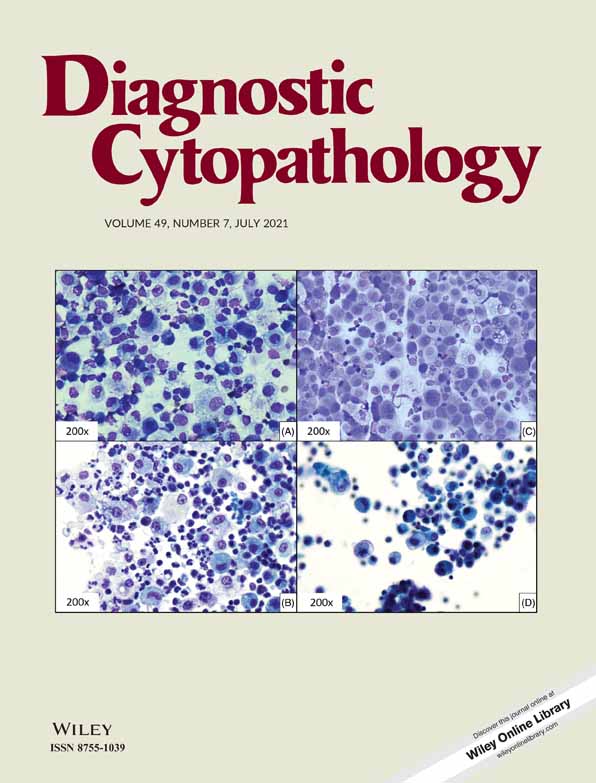Histopathological comparison of aspiration and biopsy needles in endoscopic ultrasound-guided tissue acquisition in patients with subepithelial lesions
Abstract
Background
Information on whether a fine-needle biopsy (FNB) needle can improve histopathological specimen quality or the amount of core tissue collected in the diagnosis of subepithelial lesions (SELs) remains insufficient. In this study, we aimed to compare the procedure outcomes and adequacy of histopathological specimens of fine-needle aspiration (FNA) and FNB needles in endoscopic ultrasound-guided tissue acquisition (EUS-TA) using sample isolation processing by stereomicroscopy (SIPS) in patients with SELs.
Methods
We performed a retrospective comparison of SEL cases registered in two previously conducted prospective studies. Of 61 cases, we identified 56 cases of SELs that involved the muscularis propria layer. Of these, 27 patients who underwent EUS-TA using a 22-gauge FNA needle between July 2016 and December 2017, and 29 patients who underwent the procedure using a 22-gauge FNB needle between March 2018 and January 2019 were included in the FNA and FNB group, respectively.
Results
Patient background characteristics did not differ between the groups. The technical success rate was 100% in both groups. The median adequacy score was significantly higher in the FNB group than in the FNA group (P < .01). The histological diagnosis showed no significant difference in the accuracy rate between the groups.
Conclusions
In EUS-TA using the SIPS procedure to target SELs derived from the muscularis propria layer, FNB needles collect more core tissues and significantly improve histopathological specimen quality compared with FNA needles. When combined with SIPS, a high tissue diagnosis rate may be obtained regardless of the type of puncture needle used.
Open Research
DATA AVAILABILITY STATEMENT
The data that support the findings of this study are available from the corresponding author upon reasonable request.




